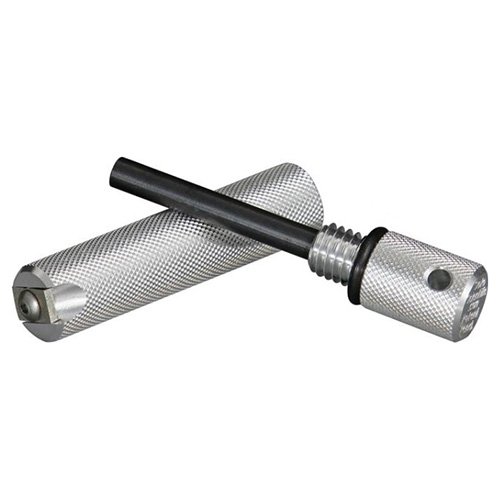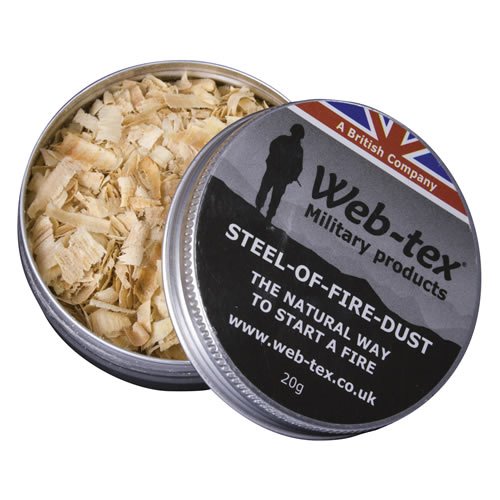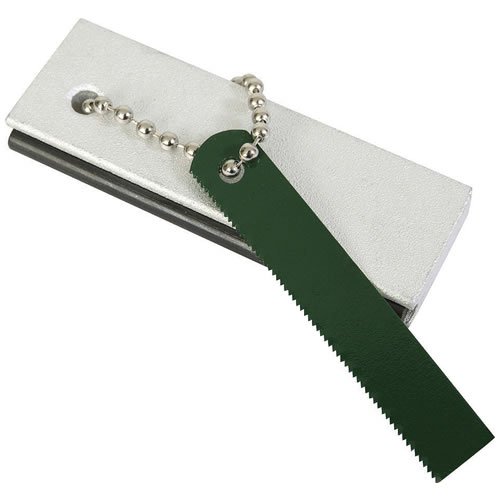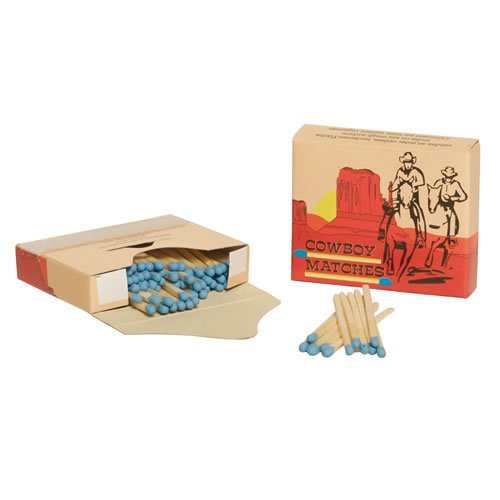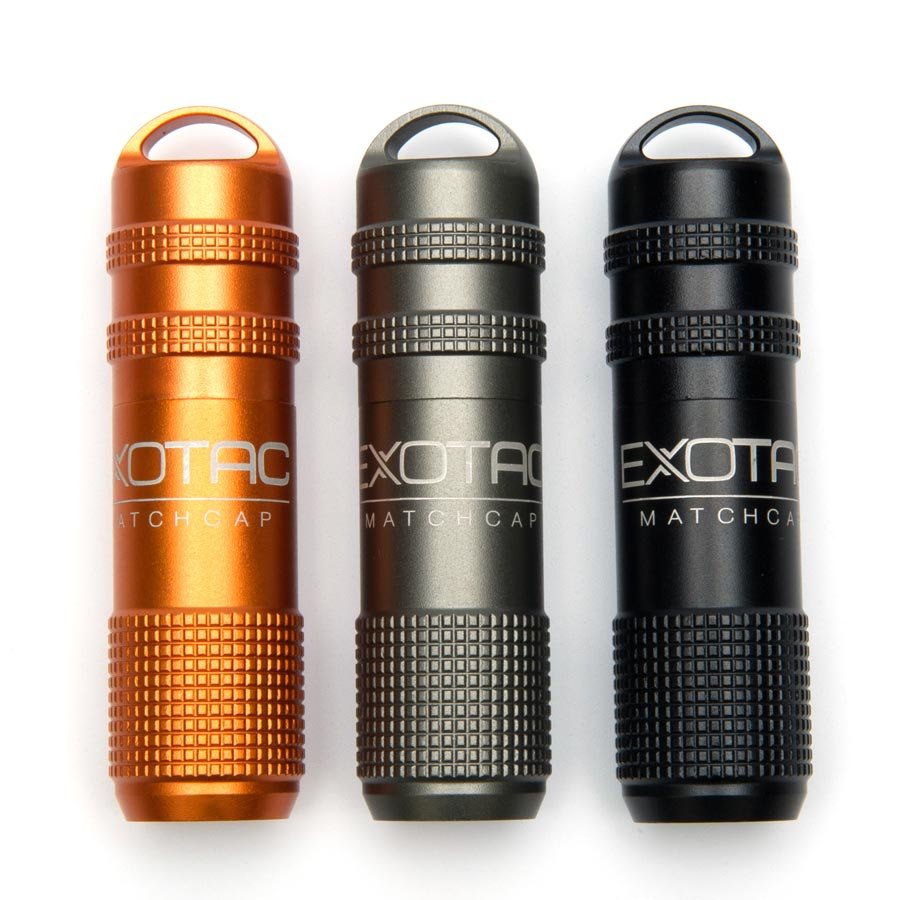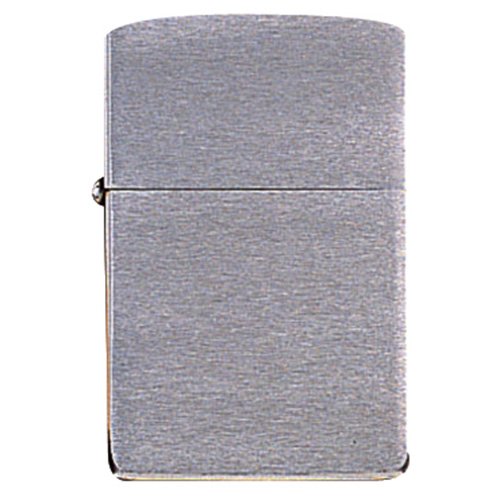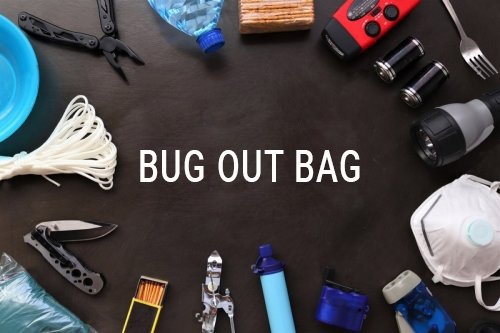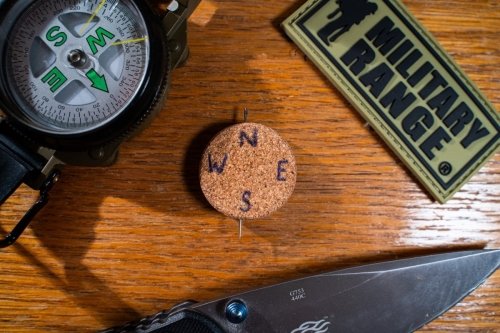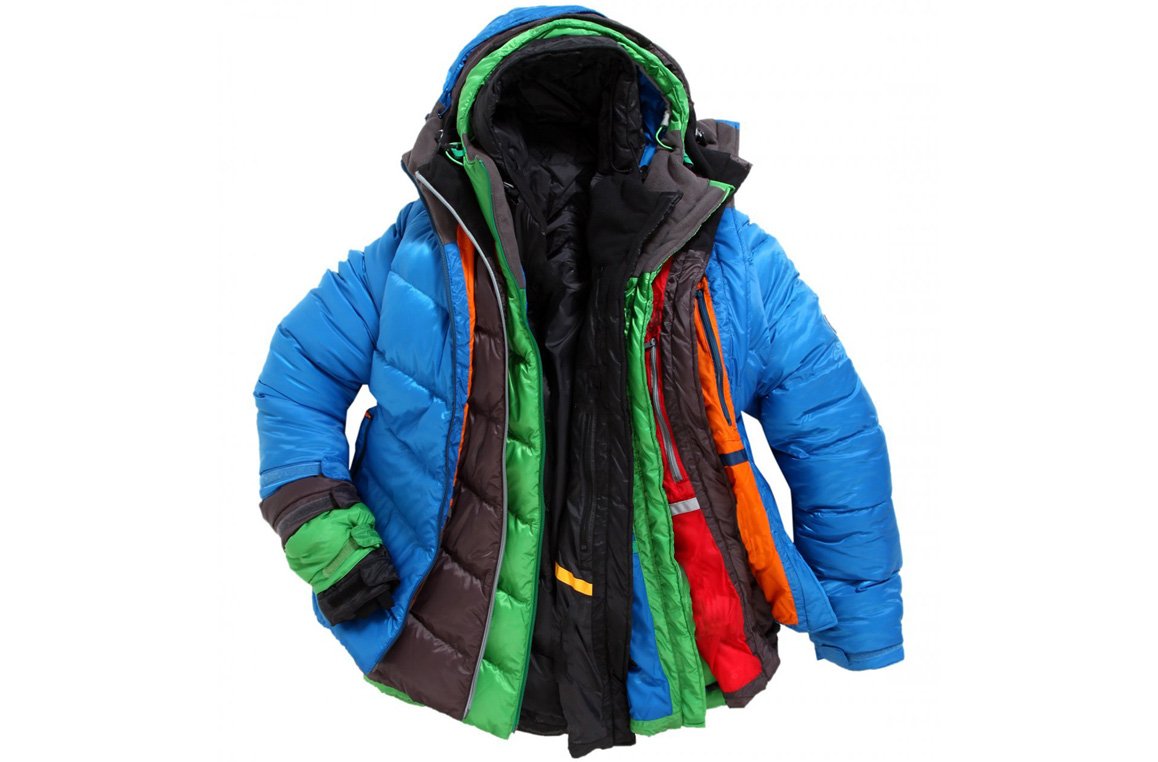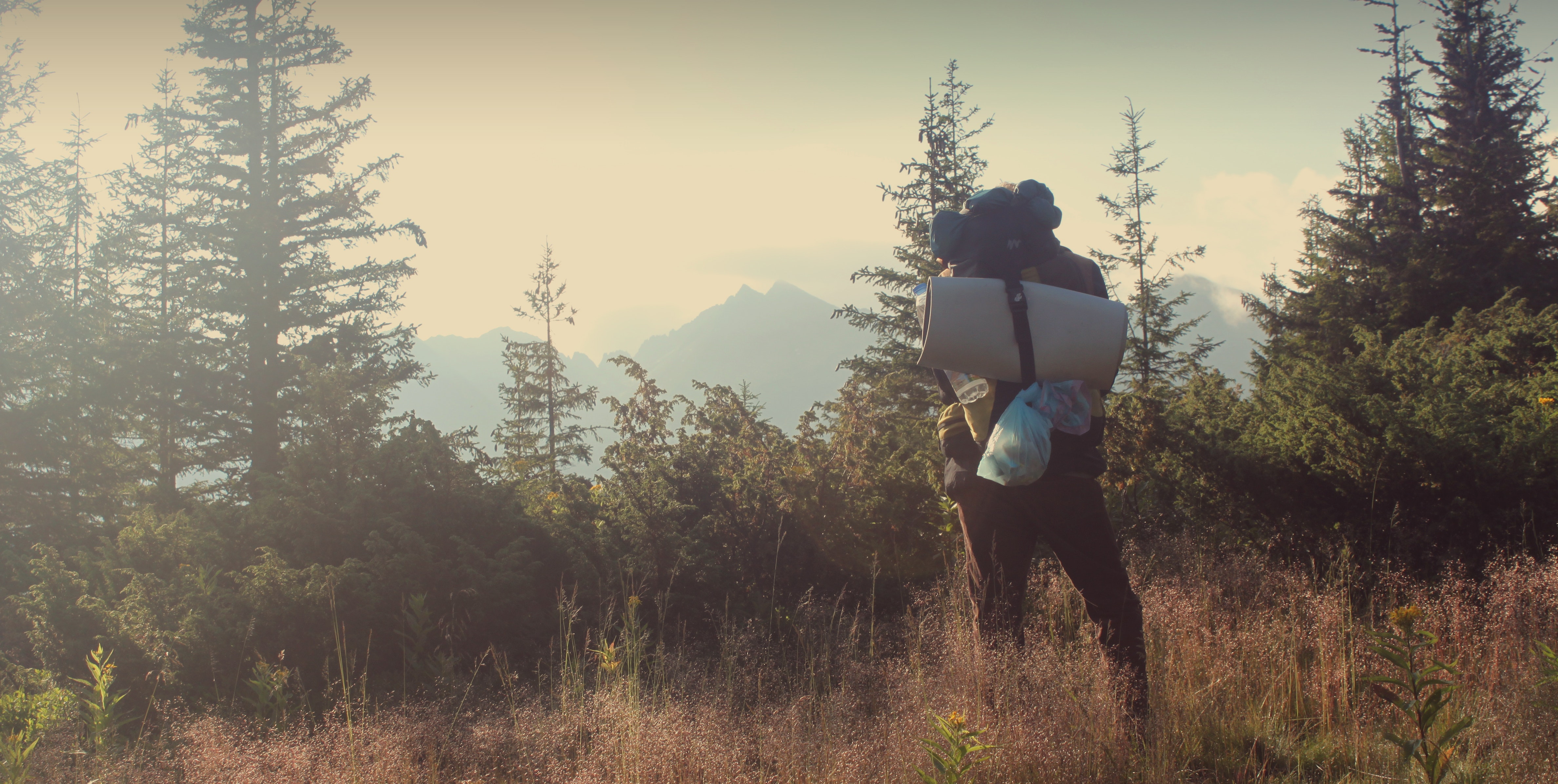Search term must have more than 2 characters.
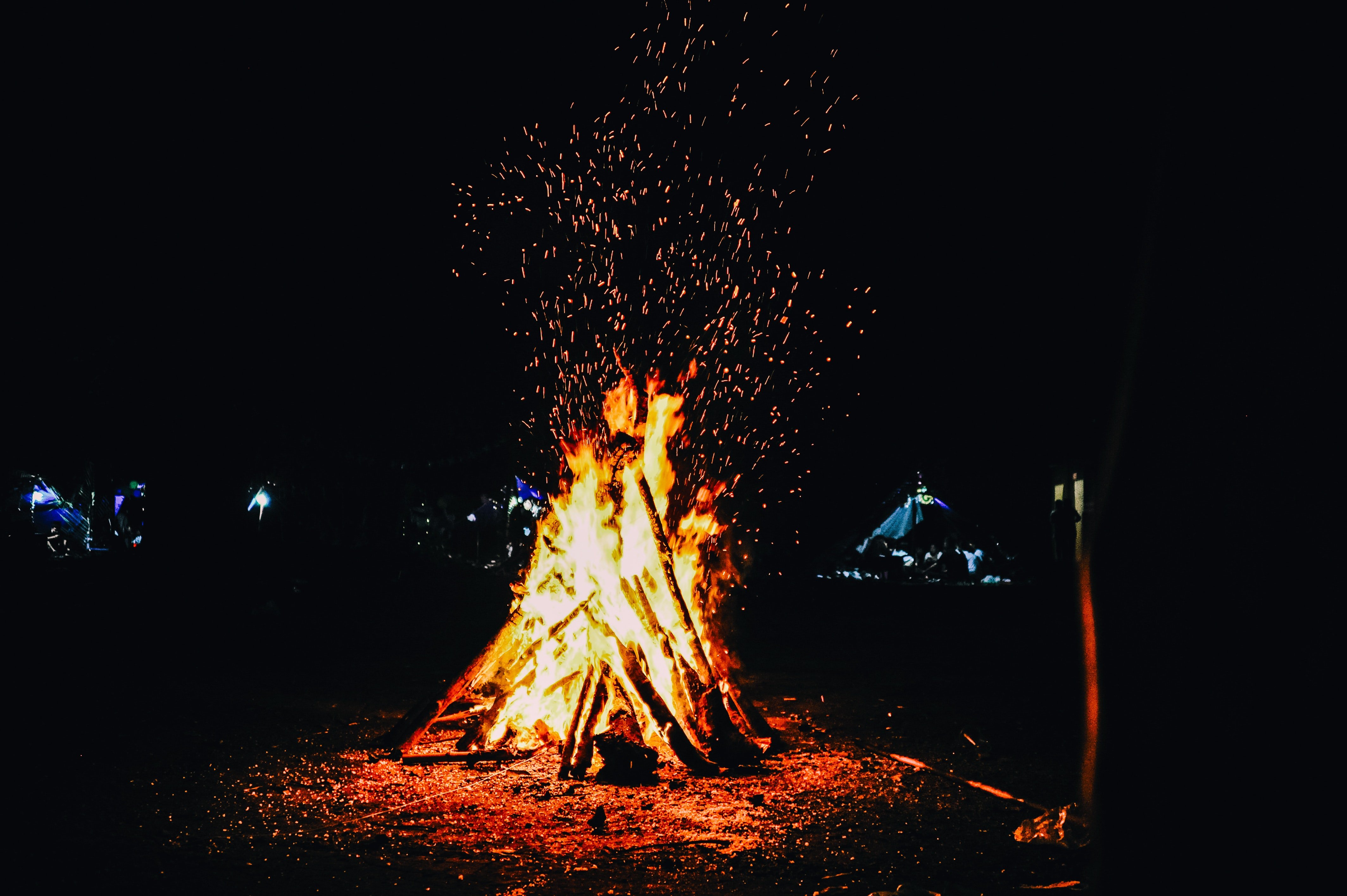
There has been a direct link between man and a fire for hundreds of years. Fire provided people in primeval ages with heat, protection from wild animals, light in the dark wild and a place for cooking food. Although we no longer need a classic fire to survive today, there is something pleasantly attractive about burning wood, which, after an all-day trip, warms your bones up and a dish, which you had brought with you. Moreover, if there are more of you camping, a fire can ignite a debate, encourage the telling of old stories and, in general, create a nice atmosphere. In addition, a lot of snacks prepared on fire are really tasty. We, therefore, think that everyone should be able to correctly make a fire without endangering themselves and their surroundings. Just a minor warning: for some, this article will probably be a little like carrying coal to Newcastle, as many of you have already spent hundreds of hours in the wild and have made dozens of campfires.
1. Preparation of the fire base
When you make a fire, safety should always come first. You certainly do not want to be the one who causes a large forest fire that can potentially endanger the lives of other people and their property. If you have a designated place to make a fire in a camping area, definitely use it. If there is no such place, choose your own that is far from trees, shrubs, or other combustible material. The base should be on a bare ground, not on grass (and definitely not on dry grass). If you do not have such a place around, you must create one. First, remove any vegetation material, especially dry material. You know, dry grass, as well as dry branches and bark, these are very easy to ignite.
Once you have cleaned the selected site, prepare the fire base: create a clay platform in the middle of the place, with a minimum thickness of 5 cm.
2. Wood collecting
You will need three types of materials to make a nice campfire: tinder, chips, and fuel wood.
Tinder: every nice camp is started by some kind of tinder. It is quick to ignite, but it also burns quickly. Dry leaves, dry bark or dry grass in nature will serve excellently. If you know you are going to make a fire while camping, you can bring your own tinder from home and/or buy some in a shop. There is a relatively wide variety of tinders available on the market which are sold in watertight packaging.
Chips: tinder really burns very quickly, so you need something to keep the fire running. You certainly cannot immediately switch to large pieces of wood. First of all, you have to fan the fire with dry branches which should help you. First, select branches of a width similar to a pen. Like with the tinder, the branches should be dry, wet ones will logically not burn so well. If nothing dry is available, try to scratch the wet bark using a knife.
Fuel wood: fuel wood is what keeps the fire burning. Despite popular opinion, fuel wood does not need to be in huge dimensions. If you use too large a log, it will take a really long time to catch fire. The ideal thickness of fuel wood should be about 7-10 cm.
When you have already collected wood for a fire, look for what loudly cracks when bent. Wood is too wet or too fresh if you can bend the branches. If you try to use such wood, you will mainly get a lot of smoke from it. Unlike tinder and chips, fuel wood can be slightly wet, a campfire will dry it up. Although please note that this is not an ideal solution.
Always collect at least twice as much wood as you consider appropriate, a fire is able to eat the fuel very quickly.
3. Distribute the wood
There are several ways to properly distribute wood on a campfire. In order to keep the article within reasonable length limits, we will look at the most used layering methods: Tepee.
1. Place some tinder in the middle of a prepared campfire place.
2. Put the chips over the tinder in the shape of the Indian tepee. Leave the side that the wind blows to slightly open to allow air to flow inside and help fan the fire.
3. Start adding larger chips onto the tepee, up to the size of a pen.
4. Pile your fuel wood on the chips in the same shape.
5. Ignite the tinder at the bottom and see how the fire spreads to the chips and then to the fuel wood.
6. The tepee will finally diminish, then just add fuel wood as needed.
4. Campfire extinguishing
You may say that extinguishing does not need any extra explanation, but in fact, you must not neglect this and there are a few points that must be respected.
Start soon. It really takes time to extinguish a fire properly, longer than you would have expected. So, take about twenty minutes of net time.
Sprinkle with water, do not pour it on. If necessary, you should always have a container filled with water on hand. When it comes to it, use it as your fire extinguisher. Avoid pouring all the water onto the fire at one time, if the place is often used by other people to make a fire, you do not want to leave them a “paste” soaked in water. Just sprinkle the water in small quantities to only extinguish the hot embers.
Stir it. Perhaps it sounds strange, but you should stir the embers sprinkled with water using a shovel or a thick branch. This will ensure that everything in the fireplace is evenly wet. If you no longer see any rising steam and do not hear the sound of evaporating water, you are on a good way to extinguishing it.
Check complete extinction. It is enough to put your hand slightly over the embers. If you feel heat, add some more water, and stir it again. Repeat the procedure as long as you can feel the heat.
Disperse the embers. If it was not, you who created the base for the fire, remove the ash you had produced. If everything is nicely extinguished, simply dissipate it around the camp with a shovel. If you prepared the base yourself, fill it in with earth and put everything back in the condition as if you were never there.
So, it is perhaps all about making and extinguishing the fire. It is clear that most of you will have their own way of making and extinguishing a fire, which may be different to ours. However, it is important that you comply with the safety rules so that it does not endanger you or your surroundings. More articles
News
Bug out bag
In today's article, we will look at how to create an evacuation bag that will serve when you must leave your home unexpectedly, whether due to natural disasters or humanity. This luggage should help y
How to make a compass?
A compass is a valuable aid for every adventurer who likes to enjoy nature on their own. In addition, it is a basic instrument that makes it easy for the adventurer to find a journey home...
Basics of putting clothing on in layers in cold weather
It is getting cold outside and many of you are certainly planning a number of winter and autumn field trips. In today's short article, we will look at the basic system of three layers which should kee
How to choose a sleeping bag?
A properly chosen sleeping bag can make the difference whether you spend most nights beneath the stars in a pleasant, warm comfort, or in unpleasant cold. To make the choice a little easier, we have w



